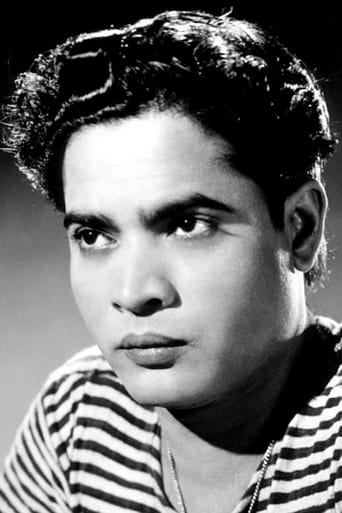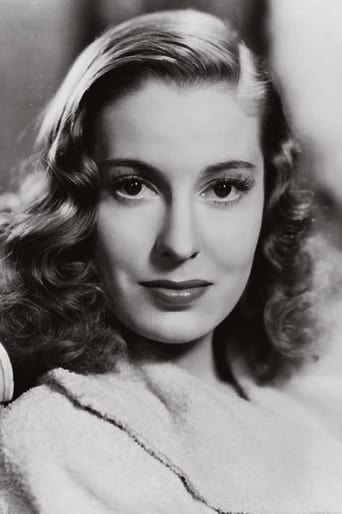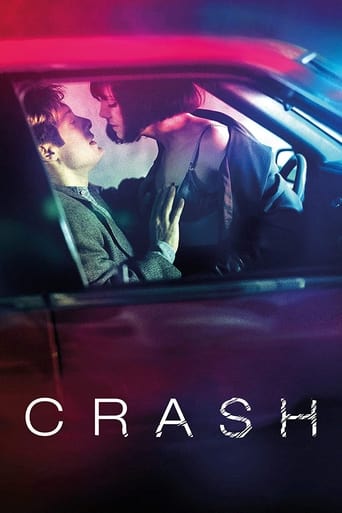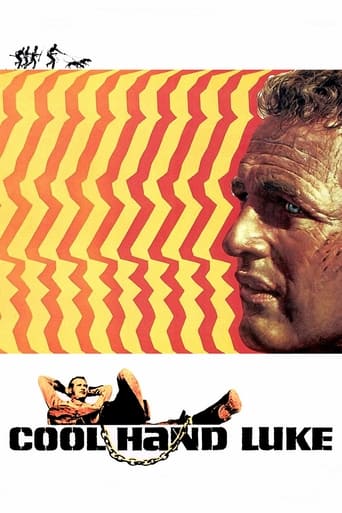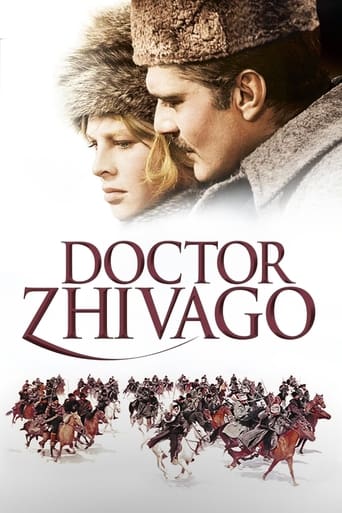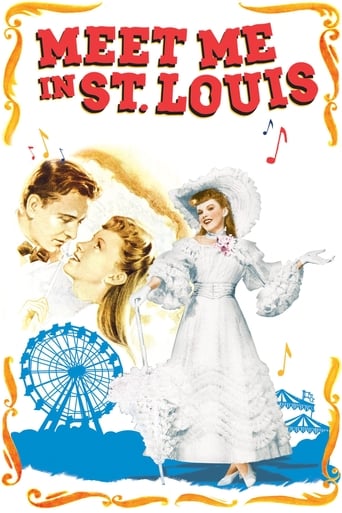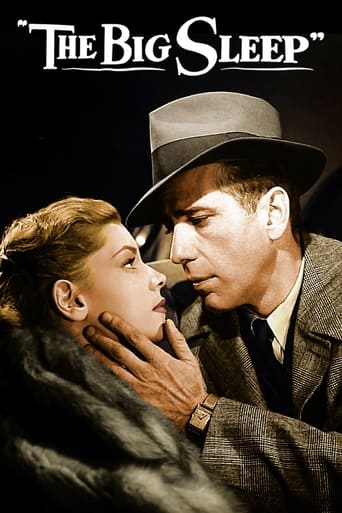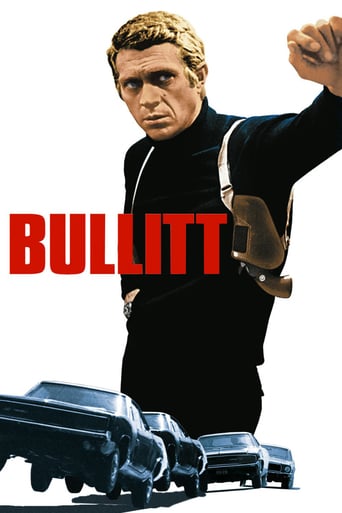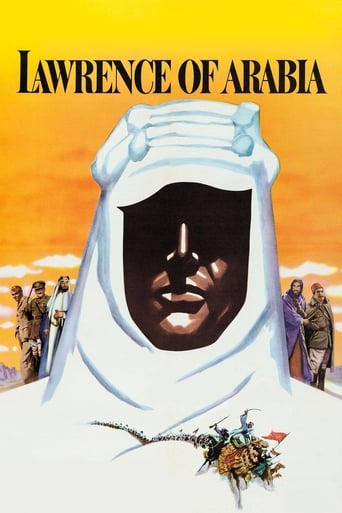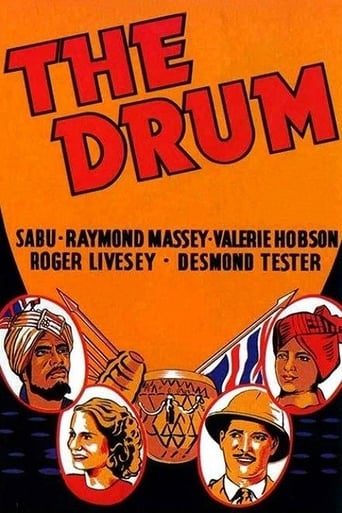
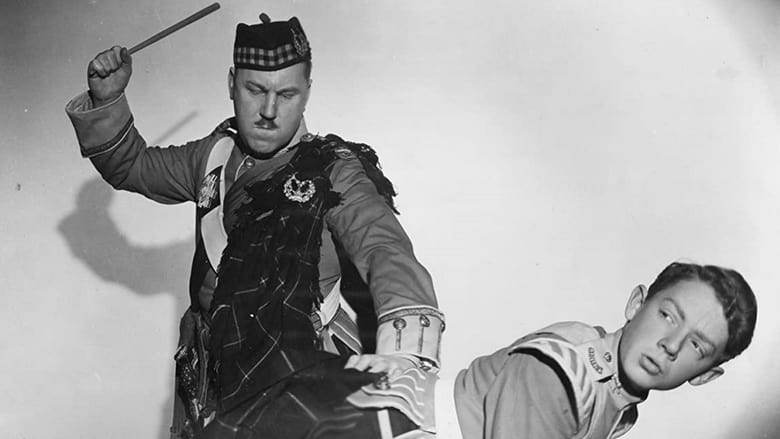
The Drum (1938)
Set in the India of the British Raj, the evil and untrustworthy Prince Guhl (Raymond Massey) plans to wipe out the British troops as they enjoy the hospitality of Guhl's spacious palace. It's up to the loyal young Prince Azim (Sabu) to warn the troops of Guhl's treachery by tapping out a message on his drum.
Watch Trailer
Cast
Similar titles

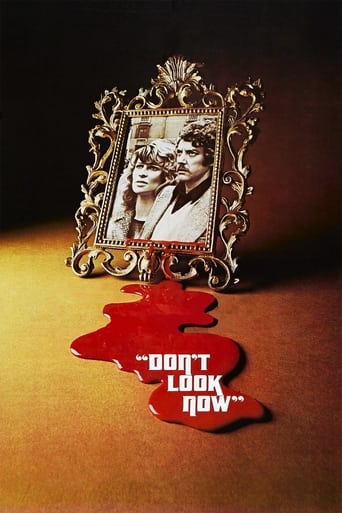
Reviews
That was an excellent one.
Highly Overrated But Still Good
Although it has its amusing moments, in eneral the plot does not convince.
If the ambition is to provide two hours of instantly forgettable, popcorn-munching escapism, it succeeds.
AEW Mason who is best known for writing Four Feathers which has been filmed several times going back to the silent screen wrote the story for Drums. It's set in a more modern time between the two World Wars era of the British Raj. Seen today it is quite an anachronism.Not everyone in India bought Mahatma Gandhi's policy of peaceful non-resistance to British rule. Some like Raymond Massey playing a usurping uncle like Richard III believed in war. Trouble is he's only an uncle, brother to the ruler of his local satrapy and uncle to the Crown Prince played by Sabu. In fact Massey has been plotting for years quietly importing arms and lining up support. He kills his brother, but unfortunately doesn't get Sabu who seeks refuge with the British governor general Francis L. Sullivan. It's the next step for Massey that he hopes will rally the native Indians to his side. He has plans to massacre a troop of British soldiers, Scot's Highlanders to be precise and among the folks there are Sabu's friends Roger Livey and wife Valerie Hobson and a drummer boy Desmond Tester whom he's befriended. What happens here is a slam bang action scene very well staged by Alexander Korda and brother director Zoltan Korda.These two Hungarians who were the backbone of the British cinema never missed an opportunity cinematically to salute the virtues of the British Empire. In some quarters Massey might be considered a hero in what he's doing.In fact the British never outrightly ruled India with the troops they had there. What they did is play off the various religious factions, Hindu, Moslem, Parsee, Sikh, Jain etc. and the various rulers of the hundreds of little kingdoms that were within India after the last Mogul Emperor died. Military advice and supplies and trade did the trick for them for a couple of hundred years. What you see in Sabu's relationship with the British is quite true and you can see that in many other films like The Rains Came which was made in the USA.This was an expensive product for the British cinema. In the Thirties color was even more rarely used than in the USA yet the Kordas sprung for it. And they did a remarkable job in making location shooting in Wales look like India. The print I saw could have used a restoration and hopefully it has been done or will be done.Drums is anachronistic for today's audience both in India and in the west. But it is history if slanted Kipling like history.
Not until the story reaches the tense banquet scene does THE DRUM really come to life. Before that, there's a lot of character and plot exposition that slows things up considerably before the big showdown toward the end that is really the highlight of the drama.SABU is the young prince that RAYMOND MASSEY wants to depose so that he can rule the unruly Indian tribes that resent British rule. ROGER LIVESEY is Captain Carruthers and VALERIE HOBSON is his lovely wife, a British couple adept at keeping a stiff upper lip while they deal with the uprising around them. RAYMOND MASSEY has the juiciest role and he's at his villainous best without overdoing it.It's all very Rudyard Kiplingesque in treatment and if you've got a feeling of deja vu, you're not alone. What it lacks is the excitement of a "Gunga Din" or "Lives of the Bengal Lancers." The story is slow to build suspense and the Technicolor print shown on TCM had a washed out look that made THE DRUM look like a film in need of color restoration.Livesey and Hobson haven't too much to do except to be their charming selves in a very British way and Sabu has been seen to better advantage in countless other films that followed.Summing up: Not one of the best of this genre but worth watching for the climactic banquet and battle.
The British are trying to make peace treaties with numerous tribes in India to make sure there isn't an uprising among rebel tribes. Captain Carruthers makes a treaty with the prince, but when the prince's brother (Prince Ghul) murders the prince, he now has the tribes just where he wants him (in a spot to annihilate the British). The murdered prince's son (Prince Azul) reaches Carruthers and tells him of what happened, so Carruthers takes a troop to Ghul's fortress. Ghul welcomes Carruthers with a ceremony of a 5 day feast, but when the feast is over Ghul plans to kill all the British troops with their smuggled machine guns, unless Azim can lead a British battalion to Tokot to stop Ghul's mad plan. Despite being politically incorrect with the British superiority over the people of India, the film does contain a fair amount of action and thrills to entertain the film going audience, granted it is no Gunga Din or Four Feathers (the latter of which and this film share the same author). Massey oozes evil as Ghul, and their is decent support with Sabu, youthful as ever as Azim, Massey as the stuffed shirt Carruthers, and Hobson as his wife. The score is decent, but not that rousing and shooting in color limited the best chances to use lighting. Rating, 7.
A wicked Khan plans to use THE DRUM perched high up in his palace walls to signal the massacre of British soldiers invited to a banquet.Sir Alexander Korda's London Films was responsible for this lively Technicolor action film which boasted outdoor scenes shot near the North-West Frontier with the assistance of the Mehtar of Chitral. It blends excitement, humor & history - definitely from a British viewpoint - into an attractive package sure to entertain the viewer lucky enough to find it.Indian actor Sabu stars as the young Prince of Tokot who finds his life suddenly become very dangerous when he's forced to flee his usurping uncle and accept protection from the British Raj. Plummy-voiced Roger Livesey plays the Raj's stalwart envoy to Tokot who must find a way to stop the import of weapons to the evil new Khan, Raymond Massey, who is fomenting a rebellion. All three actors play their parts very well, with Massey especially attacking his villainous role with gusto.Also in the cast are Valerie Hobson as Livesey's courageous wife; David Tree as a junior officer; and corpulent Francis L. Sullivan as the local Governor in Peshawar. Alfred Goddard appears unbilled as the hapless private Kelly.*************************Born Sabu Dastagir in 1924, Sabu was employed in the Maharaja of Mysore's stables when he was discovered by Korda's company and set before the cameras. His first four films (ELEPHANT BOY-1937, THE DRUM-1938, THE THIEF OF BAGDAD-1940, JUNGLE BOOK-1942) were his best and he found himself working out of Hollywood when they were completed. After distinguished military service in World War II he resumed his film career, but he became endlessly confined for years playing ethnic roles in undistinguished minor films, BLACK NARCISSUS (1947) being the one great exception. His final movie, Walt Disney's A TIGER WALKS (1964) was an improvement, but it was too late. Sabu had died of a heart attack in late 1963, only 39 years of age.
